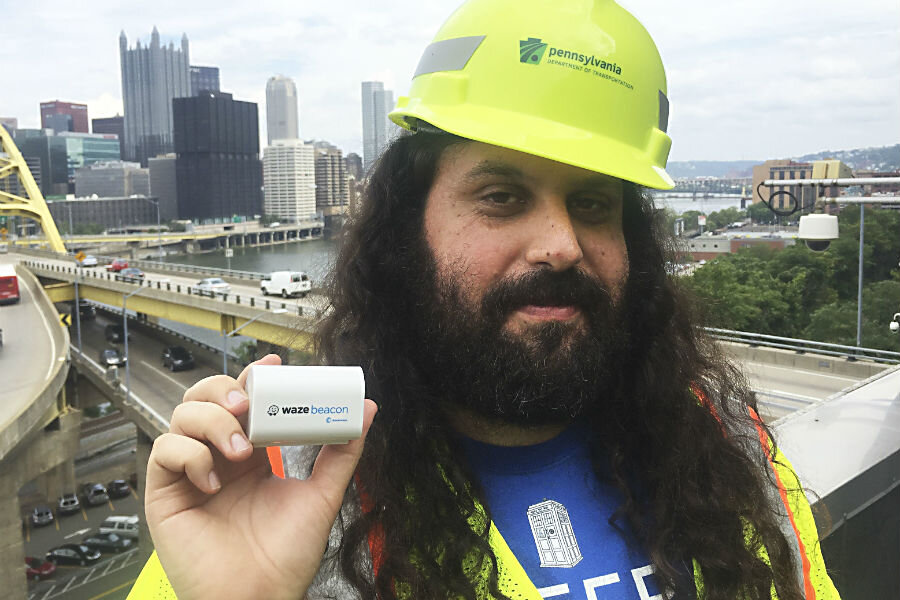How Waze plans to fix tunnel blindness
Loading...
| San Francisco
The popular navigation app Waze is putting a new twist on the phrase "tunnel vision." It's trying to ensure drivers relying on digital maps don't lose their way when their GPS signal disappears in tunnels.
Waze plans to keep drivers connected in those GPS-less situations by installing low-cost, battery-powered beacons that will transmit to smartphones and tablets in tunnels that the company has it its database, covering about 7,500 miles (12,000 kilometers) around the world. The beacons can maintain map connections, as long as the drivers turn on their Bluetooth signal.
The beacons will be turned on Wednesday in two Pittsburgh tunnels, Fort Pitt and Liberty, and another in Israel, where Waze was founded before Google bought it in 2013 for $969 million.
The problem is one that Waze users have complained about for some time, and offered suggestions to the company for improvement:
Sam commented · January 28, 2016 07:08
In London, there is a tunnel which forks underground. No satnav, WAZE included can get a GPS signal.
It would be useful if Waze could give directions ahead of time when you approach an area or stretch of raod (eg a tunnel) where it knows (from prior users' experience) that it is certain or likely to lose signal.
Additionally, or alternatively, there could be an user-selected option where, when signal is lost, Waze either a) considers the car to have stopped, or b) considers that the car is continuing at the same average speed as just before signal was lost.
Waze is now trying to persuade all tunnel operators, mostly government agencies, to buy and install the beacons that it designed to address the problem. It costs about $1,200 for the 42 beacons required to provide coverage for every mile (1.6 kilometers) within a tunnel. Each beacon is guaranteed under warranty for four years.
Plans already are being drawn up to install the Waze beacons in tunnels in Rio de Janeiro and Paris, too. Waze isn't projecting how long it will take to realize its goal of blanketing all tunnels with the beacons.
The transmissions from the beacons will be unencrypted so other digital map services, including Google's and Apple's, can also connect to them through Bluetooth when there isn't a GPS signal.
Waze's solution for tunnel blindness was developed by one of its systems operations engineers, Gil Disatnik. He got the idea after losing his GPS signal in 2014 while driving through a Boston tunnel and missing the turn he needed to take to get to the airport.
After working on the tunnel beacons, Disatnik also got a new nickname: "Waze Mole."







